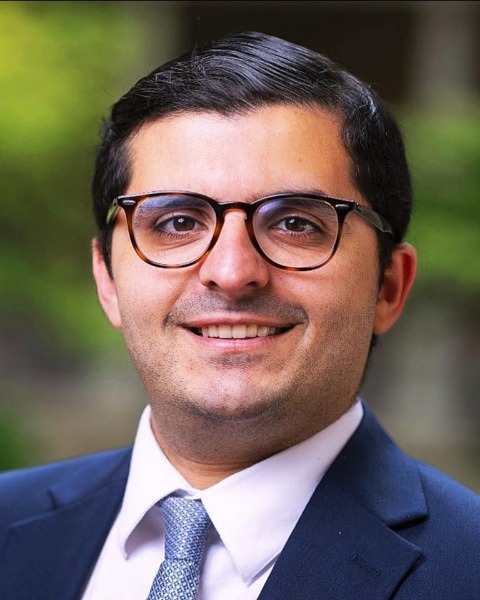Oncology
Deep Learning-Based Risk Prediction of Length of Stay in Patients with Malignant Peripheral Nerve Sheath Tumors (MPNSTs): A Nationwide Analysis
Friday, February 21, 2025
7:00 AM - 2:00 AM EST

Abdul Ghaith, MD, PhD
Post-Doctoral Neurosurgery Research Fellow
Johns Hopkins University
Baltimore, MD, US
Presenting Author(s)
Introduction: Malignant Peripheral Nerve Sheath Tumors (MPNSTs) are rare, aggressive sarcomas with a five-year survival rate of 16%–65%. While surgery is the primary treatment, radiation and systemic therapies are often added. Length of Stay (LOS) post-surgery is a critical measure of recovery and complications, yet it has not been adequately studied in MPNST patients. This study aims to bridge that gap, evaluating LOS as a clinical parameter and its association with outcomes.
Methods: Data for MPNST patients was extracted from the National Cancer Database (NCDB) from 2004–2017, and the cohort was classified into two groups based on LOS ( < 4 or ≥4 days). Univariate analyses were used for demographic, clinical, and treatment data. Multivariate Cox logistic regression and XGBoost model using SHAP methods was used for risk factor study.
Results: Of 872 patients identified, 397 had an LOS < 4 days, and 475 had an LOS ≥4 days. Age, sex, race, CCI score, and residential area were similar across groups. Tumor size was significantly different (p < 0.001), with larger tumors (≥3.2 cm³) more common in the LOS ≥4 group (27.6% vs 19.8%), and smaller tumors ( < 3.2 cm³) more prevalent in the LOS < 4 group (25.2% vs 17.6%). Systemic therapy was more frequent in the LOS ≥4 group (13.5% vs 8.6%, p=0.02). Additionally, 90-day mortality was significantly higher in the LOS ≥4 group (3.6% vs 0.3%, p< 0.001). Systemic therapy independently predicted a prolonged LOS (OR=1.63, p=0.033). The XGBoost model was found to be the best performing model (AUC=60%), and the SHAP methods identified CROWFLY, age and tumor size as predictors for a prolonged LOS.
Conclusion : MPNST patients with larger tumors and those treated with systemic therapy were more likely to experience a prolonged length of stay (LOS) following surgery, and a longer LOS was associated with an increased 90-day mortality. These findings underscore the importance of targeted post-operative care in patients with large tumor burden and intensive treatments to reduce complications and improve outcomes.
Methods: Data for MPNST patients was extracted from the National Cancer Database (NCDB) from 2004–2017, and the cohort was classified into two groups based on LOS ( < 4 or ≥4 days). Univariate analyses were used for demographic, clinical, and treatment data. Multivariate Cox logistic regression and XGBoost model using SHAP methods was used for risk factor study.
Results: Of 872 patients identified, 397 had an LOS < 4 days, and 475 had an LOS ≥4 days. Age, sex, race, CCI score, and residential area were similar across groups. Tumor size was significantly different (p < 0.001), with larger tumors (≥3.2 cm³) more common in the LOS ≥4 group (27.6% vs 19.8%), and smaller tumors ( < 3.2 cm³) more prevalent in the LOS < 4 group (25.2% vs 17.6%). Systemic therapy was more frequent in the LOS ≥4 group (13.5% vs 8.6%, p=0.02). Additionally, 90-day mortality was significantly higher in the LOS ≥4 group (3.6% vs 0.3%, p< 0.001). Systemic therapy independently predicted a prolonged LOS (OR=1.63, p=0.033). The XGBoost model was found to be the best performing model (AUC=60%), and the SHAP methods identified CROWFLY, age and tumor size as predictors for a prolonged LOS.
Conclusion : MPNST patients with larger tumors and those treated with systemic therapy were more likely to experience a prolonged length of stay (LOS) following surgery, and a longer LOS was associated with an increased 90-day mortality. These findings underscore the importance of targeted post-operative care in patients with large tumor burden and intensive treatments to reduce complications and improve outcomes.

.jpg)